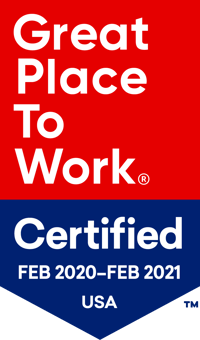
What is the QMSR?
The Quality Management System Regulation is a pivotal update from the FDA, aligning the existing Quality System Regulation (QSR) with the globally recognized ISO 13485:2016 standard for medical devices. This regulatory shift is designed to streamline quality management systems, emphasize risk management, and enhance operational efficiencies across borders.
For medical device firms, the QMSR likely necessitates a thorough review and potential overhaul of current quality management practices and the quality management system (QMS). This includes updating procedures to comply with the new standards, integrating risk management processes more explicitly, and ensuring that their systems are robust, compliant, and prepared for the upcoming compliance deadline.
With the QMSR, the FDA is also expected to update its inspection approach (currently the QSIT) to align with the new regulation and ISO 13485:2016 standards. Impracted companies will need to prepare for these changes by ensuring their systems are fully compliant and staff are trained on how to effectively manage inspections under the new regulatory framework.
Here are just a few of the key changes that will likely require action from impacted device and medtech firms:
Harmonization with ISO 13485:2016
The QMSR aligns the FDA's QSR with the ISO 13485:2016 standard. Companies must ensure their quality management systems comply with these international standards, focusing on a more systematic approach to quality management and risk management throughout the product lifecycle.
Enhanced Focus on Risk Management
The QMSR presents a greater emphasis on integrating risk management into the quality management system. This goes beyond product design and development, extending into manufacturing, postmarket activities, and overall decision-making processes. Companies must ensure that risk management is a continuous, integral part of their quality processes.
- Document and Record-Keeping Updates
The QMSR requires more detailed documentation and record-keeping practices that align with ISO 13485:2016 requirements. Companies must review and potentially overhaul their documentation processes to ensure compliance with these enhanced requirements.
- Supplier Management and Control
There is an increased emphasis on controlling and overseeing suppliers and external parties. Companies will need to ensure their supplier management processes are robust, with clear criteria for selection, evaluation, and re-evaluation, including more stringent requirements for quality agreements.
- Design and Development Changes
The QMSR and ISO 13485:2016 place significant importance on the design and development process, including more rigorous planning, verification, validation, and control activities. Companies will need to scrutinize their design controls and ensure they fully comply with the new requirements.
- Complaint Handling and Reporting
The regulations demand more structured complaint handling and adverse event reporting systems. Companies must review their procedures for monitoring, reporting, and investigating complaints and adverse events to ensure they meet the new standards.
- Management Responsibility and Commitment
The QMSR emphasizes the need for top management's direct involvement in the quality management system. This includes ensuring that the quality policy and objectives are clearly defined and communicated and that there are measurable metrics for evaluating the effectiveness of the QMS.
- Postmarket Surveillance and Feedback
Enhanced requirements around postmarket surveillance and feedback mechanisms are introduced, requiring companies to more actively monitor and respond to product performance in the field and use this data to drive continuous improvement.





